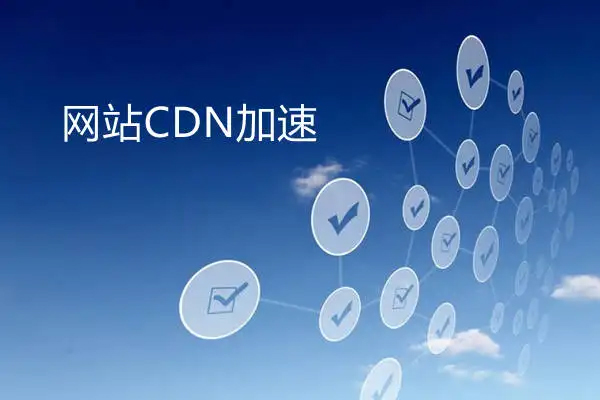 2022-12-08
2022-12-08The full name of CDN is Content Delivery Network. Its purpose is to solve the problem of access delay caused by distribution, bandwidth, and server performance. It is suitable for scenarios such as site acceleration, on-demand, and live broadcast. It enables users to obtain the required content nearby, solves the situation of Internet network congestion, and improves the response speed and success rate of users' access to websites.

Or you can make a metaphor like this: CDN = smarter mirroring + caching + traffic diversion. Therefore, CDN can significantly improve the efficiency of information flow in the Internet network. Technically solve the problems of small network bandwidth, large number of user visits, uneven distribution of outlets, etc., and improve the response speed of users visiting the website.
Let me explain to you how website CDN acceleration is realized?
CDN is a content distribution network built on the Internet. Relying on the edge servers deployed in various places, through the load balancing, content distribution, scheduling and other functional modules of the central platform, users can obtain the required content nearby, reduce network congestion, and improve user access. Response speed and hit rate. The key technology of CDN mainly includes content storage and distribution technology.
Various cache servers are widely used, and these cache servers are distributed to areas or networks where user visits are relatively concentrated. When users visit the website, the global load technology is used to direct the user's visit to the closest working cache server. Caching servers respond directly to user requests.
When a user visits a website that has joined the CDN service, first determine the best CDN node closest to the user through DNS redirection technology, and at the same time direct the user's request to this node. When the user's request arrives at the specified node, the server of the CDN (the cache on the node) is responsible for providing the content requested by the user to the user.
The user enters the domain name of the website to be visited in his browser, and the browser requests the local DNS for the resolution of the domain name, and the local DNS sends the request to the main DNS of the website, and the main DNS determines the most appropriate DNS at that time according to a series of policies. The CDN node sends the analysis result (IP address) to the user, and the user requests the content of the corresponding website from the given CDN node.
Through the above analysis, the editor believes that in the long run, considering the security and stability of the website, it is recommended to configure and use CDN acceleration.